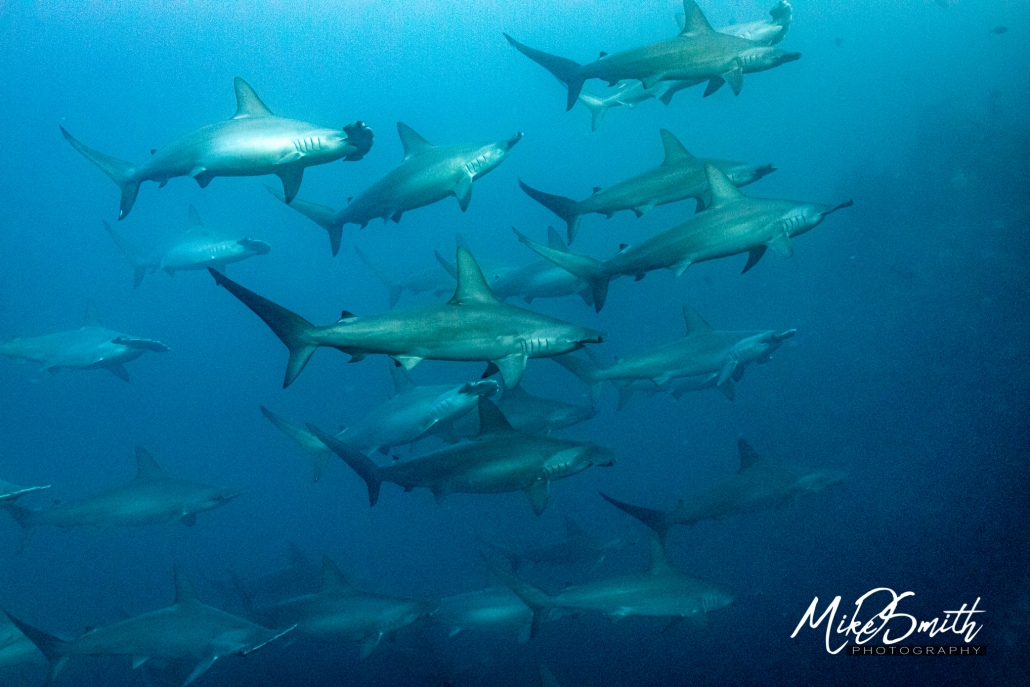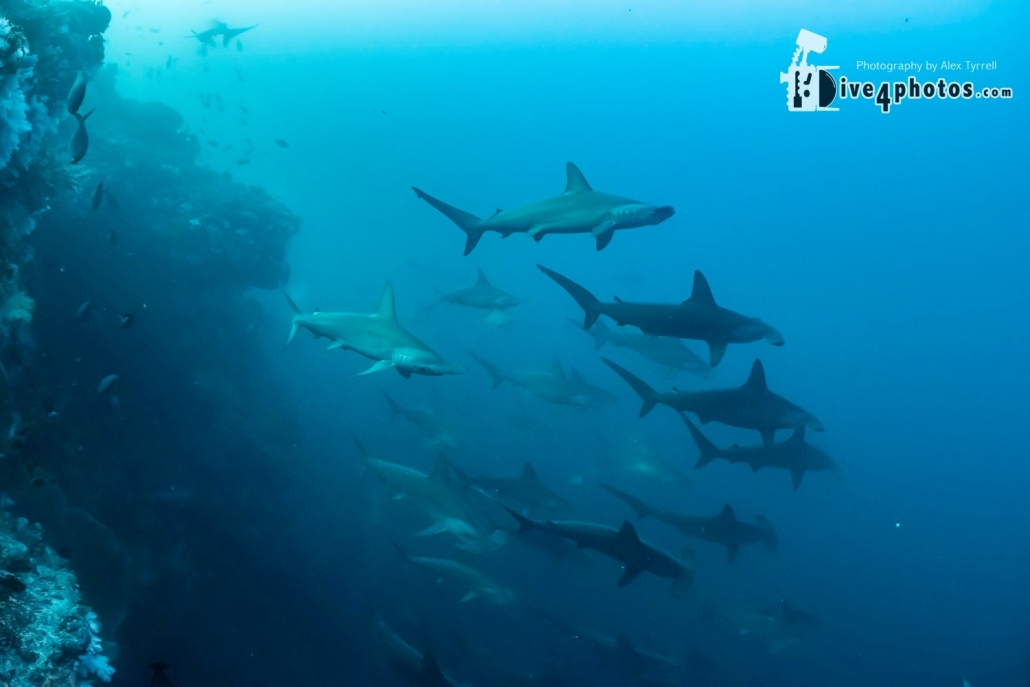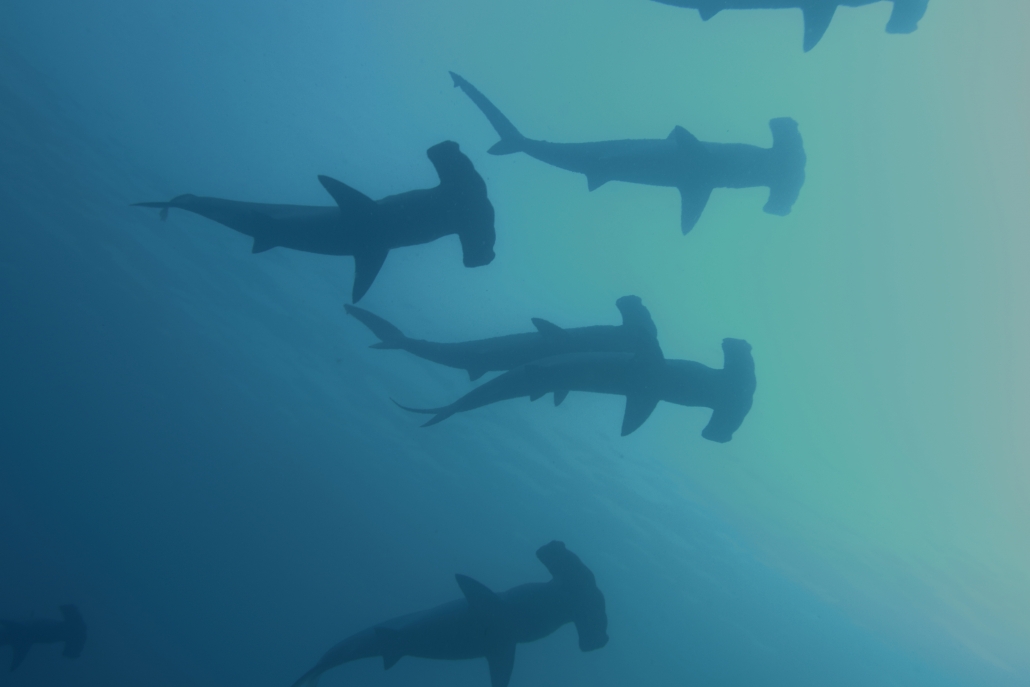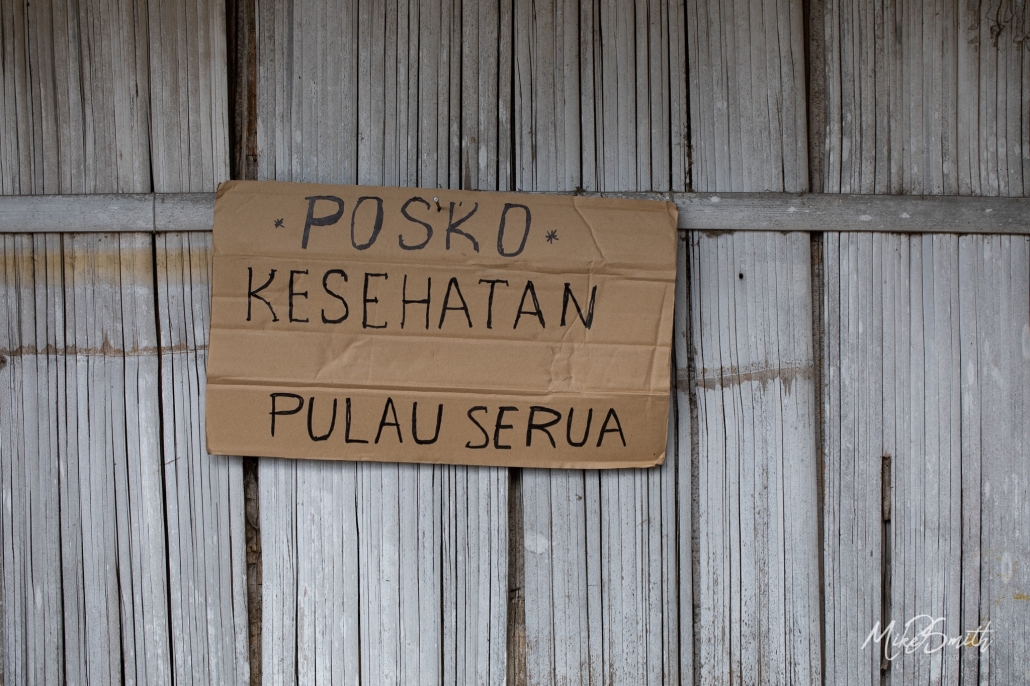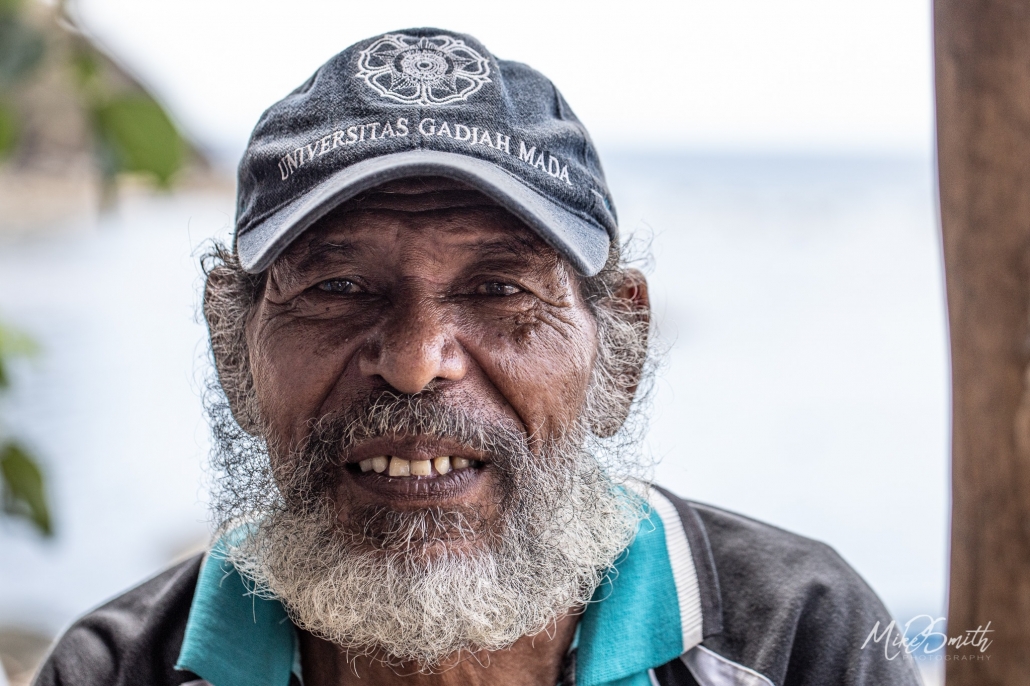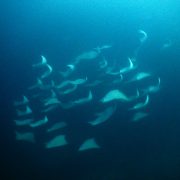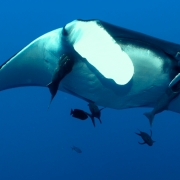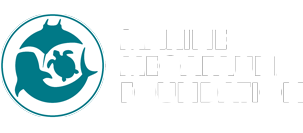Banda Sea: Off The Chart Expedition 2019
A Massive Thank You to All of You
I wanted to start by saying another massive thank you to everyone that joined us on our recent Banda Sea Expedition. These trips really are built around you, and I think Banda will be long talked about. Not only do we get to have a great time but we are doing some good along the way and who doesn’t want that.
I wanted to create something for you guys that would provide a way to remember the trip, but also the area. Banda struck me as such a special and unique location. Definitely somewhere I’m not in a hurry to forget.
So with that in mind here goes…

I’ll start with a little bit of history about the islands, as history plays such a massive roll in how the people, culture and even landscape evolve.
I apologise if some of you already know this but if you are going to tell a story start at the beginning…
Banda has long been known as The Spice Islands, so here’s why…
Apart from the scuba diving and tourism economy, fishing and nutmeg are the two major industries the Bandas have.
Been a chef for years and I used these spices without knowing the colourful history behind them.
Nutmeg
Nutmeg is a large evergreen tree, native to the Moluccas and the Spice Islands and is now cultivated in the West Indies. The fruit produces two spices – mace and nutmeg. Nutmeg is the seed kernel inside the fruit and mace is the lacy aril covering on the kernel.
Mace
Mace is the spice that originally made this commodity so precious as it was used as a meat preservative, but also critically it was thought to be a cure for the bubonic plague which was so fatal at that time.
Nutmeg is usually used in sweets and spicy dishes, but also combines well with cheeses and sauces and is used to flavour sausages, and lamb dishes.
It has medicinal properties too such as aiding digestion, treating diarrhoea, vomiting and nausea, improving appetite and reducing flatulence (the perfect dive boat companion lol).
The tree grows from 12-20m tall, has dense foliage with dark green, 10 cm long oval leaves and a dark green-grey bark which produces a yellow juice which oxidises to red. It has small, yellow bell-shaped flowers. A single mature tree produces up to 2,000 nutmegs per year. Nutmeg has no particular season; the fruit ripens all year round, so its harvest supplies the Banda islanders with a steady income.
Banda Sea Diving
So it’s been a few weeks or so now and the Banda dust has started to settle, although I am still seeing hammerheads in my sleep.
Always with trips to new locations there is a certain element of apprehension and nerves about what if or I wonder. Banda was no different.
Although I’m pretty sure we would all agree it delivered and then some.
Ambon City of Music and Rhino City
I think we can all remember why it was called so, the Hollywood style sign on the river embankment. This dive was a great way to open our expedition searching for critters and just 2.6 NM from the harbour.
We later moved on to Rhino City, just 2.9 NM further up the bay.
Ambon Bay and Rhino City, where the muck diving is,
It had an incredible array of rare critters, including Ambon Scorpionfish, Rhinopias, Wonderpus Octopus, Cuttlefish, many many Nudibranchs, seahorses, oh yeah and the odd frogfish or two.
Two dives down and away we go..
Things were just getting started as we motored just over 109 NM (nautical miles) to island of Suanngi.
I remember a sort of quiet air around the boat that morning, well apart from Rachel’s group.
As you will hear more about in Rachel’s blog, the weight of expectation we can pre-apply to any dive can sometimes already make or break it, even before we get in the water. I was a little nervous and both very excited at the same time, and couldn’t wait to get in the water.
Suanggi. (Island of Ghosts or Spirits)
What a beautiful island both above and below water. What struck me as we rolled in from the dinghy instantly was the expanse of healthy hard corals in the shallows. Reefs this healthy are essential to support their ecosystems.
I think we would all agree that what we saw in Banda were most definitely healthy reefs.
Our first day at Sunaggi turned out to be a profitable one. We had our first hammer time of the trip which was amazing, but little did we know what magic corner had install for us. On top of the hammers, there was a cameo appearance by a whale shark, a sail fish, 3 or 4 big bump-head parrot fish, a Napoleon wrasse, plus a vibrant array of reef inhabitants.
Following 3 great dives at Suanngi our expedition had well and truly started. We headed off into the sunset a happy bunch of divers. The next leg of our journey a 119nm trip to Magic Corner.
Magic Corner
Magic corner was for me a “bucket list” dive. Located by the island of Serua. The shallows again glistened in the sunlight and the reefs pristine, and the stunning wall drop mysteriously into the deep. With a name like that, we had big expectation’s and man this place didn’t disappoint.
A totally beautiful dive site in its own right. Over our 2 days here (8 dives) everyone saw schooling hammer heads on multiple occasions. For me sunset on day 2 been the best, hundreds of hammers treated us to a beautiful display of effortless motion through the water.
A little bit about Hammerhead sharks
I’m going to the leave the real science to Steph. However, one of the most recognizable sharks is the Hammerhead shark, evolutionary earmarked with a set lateral projections, called cephalofoils, off the sides of their heads that allows them to have a 360° visual radius on the vertical spectrum. Even though these projections are highly beneficial while hunting, they do tend to make the shape and characteristics of the animal quite distinct. Despite this unique hunting advantage with their visual acuity, there is some disadvantage handed to the hammerhead as for their size they have a relatively small mouth, unusual for a shark.
As we met upstairs for a beer or 3 to share our last dives experiences we motored to near by Manuk Island. Just a short 49NM cruise into the sunset. A pretty perfect end to a pretty perfect day.
Manuk Island
Manuk was a truly pristine underwater paradise. Healthy reefs for as far as the eye could see, colourful hard and soft corals creating some picturesque sights, and a curious sea snake every 5 minutes.
Manuk was a truly pristine paradise under water. Healthy reefs for as far as the eye could see. Colourful hard and soft corals creating some picturesque sights, and a curious sea snake every 5 minutes.
Tanjung Batu (Rock Corner)
Spawning barrel sponges lined the walls of Tanjung Batu and Tanjung Timur and really were a sight to see.
The giant barrel sponge is a filter feeder. Water is continually pumped into the sides of the sponge, through the sponge body, and out of the osculum (opening) at the top of the sponge. Small pores in the sponge body are connected to channels lined by Choanocyte and the beating of these flagellae draws water through the channels. Incoming particles, particularly microscopic bacteria are processed by the collar cells. Sponges also absorb dissolved organic compounds directly from the seawater as part of their diet.
Now the bit we saw..
So eloquently put by Leigh…. “Banda Sea more jiz than viz”
The giant barrel sponge is dioecious and spawns its eggs or sperm directly into the water column. Clouds of sperm from males are emitted from the osculum, while females produce flocculent masses of eggs that are slightly negatively buoyant. Spawning can occur at any time of the year, and occurs patchily on the reef, but usually with many individuals participating at the same time.The fertilization itself occurs in the water column.
Tanjung Kelapa
Our 2 afternoon dives at Tanjung Kelapa meaning coconut corner, provided a different glimpse of what Banda can offer. When you are not been totally besotted with hammerheads, Banda is beautiful. Many sea snakes, olive and banded swam freely around the area, especially in the warmer shallows in the afternoon, much to poor Fadley’s dislike. It sure provided the boat with some laughs tho.
Huge healthy sea fans sit facing the currents constantly catching nutrients to grow and provide habitat for macro life.
All in all another great day of diving. We headed back to Sunaggi a very happy bunch.
Back at Suanggi
We all knew what Sunaggi had to offer so the following morning we couldn’t wait to get back in the water. Unfortunately this dive was somewhat marred by the behaviour of another group of divers. A reminder that diver behaviour is so important, and moving forward how important it is to promote “codes of conduct” and educate instructors or dive guides to teach or guide in a manner that has minimal impact of the reefs and the marine life.
The second dive we were again the only boat on the dive site, and again most of us were treated to some epic hammer time.
We headed off to Batu Kapal (ship rock) for the an afternoon dive on our way to Mandarin Hotel.
Batu Kapal
Batu Kapal or ship rock, breaches the surface in quite a dramatic fashion. Again here the sea fans were incredible. Huge in size and the colours on show were amazing. Either side of the channel sloping walls covered in coral and fans. Huge numbers of damsel fish going about their daily business, scattered Morey ells popping out of the reef here and there and a few special finds such as a juvenile false stonefish.
Mandarin Hotel
Mandarin Hotel is sat in front of a very colonial looking hotel. As the jetty meets the water, just under the surface, hidden away in the rubble structures, the amazing little fish put in daily displays of courtship, just before the sunset. The males cruise around between the females until the time is right and then the display begins. Almost like an underwater dance, and the its over, back to the rubble until tomorrow.
As for us back to Sunaggi, for one last time with the hammers, and i certainly didn’t disappoint. Every body got to say their good byes to the hammer heads.
Serua
Just before I sign off, I wanted to mention our island visit. The tiny island of Serua and the village of Jerilly. As about as remote as it gets. A place to switch off for a second or two and reconnect with the world. The only sounds I could hear, the sounds of children laughing and the ocean. Isn’t that a perfect combination and for me the most endearing thing was after handing out a few sweets to the children, watching them run off instantly to share it with their friends. It seemed a truly peaceful place although I imagine the rain and winds during the monsoon season can drastically effect some of that peace and quiet.
I Hope that reading this has bought back some memories of a truly incredible trip for all of you. Its time for me to sign off, but again a massive thanks to all of you and i look forward to the next epic adventure we share.
As for future Off the Chart Expeditions, Myanmar 2021 will be live soon and we are looking into Alor. As soon as we have any developments we will be in touch.
A final thanks to Alex, Mike and Roy for sharing their photos with me for this.
Cheers and speak soon
Boots








